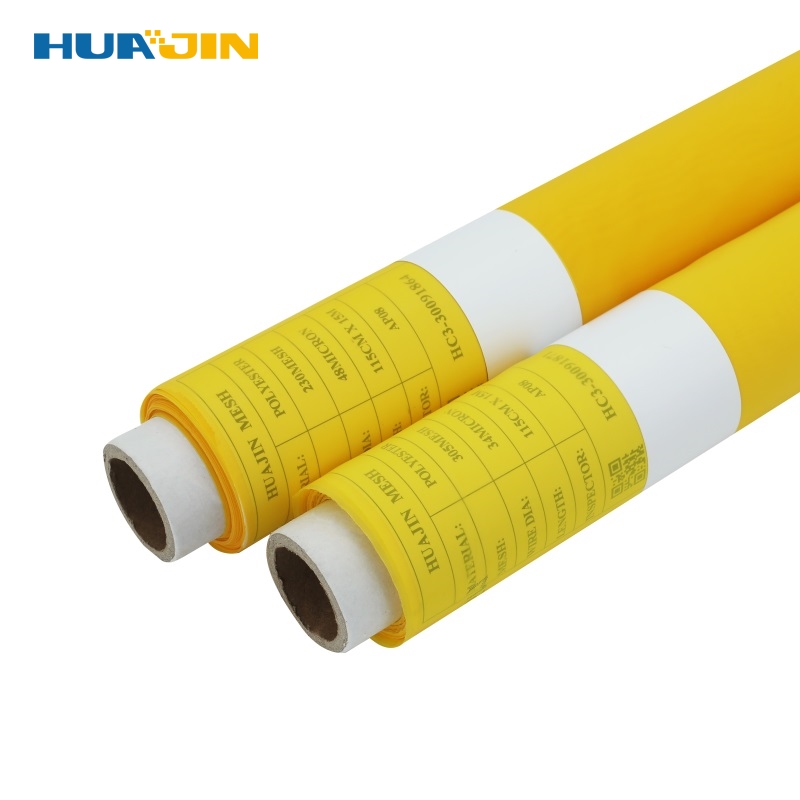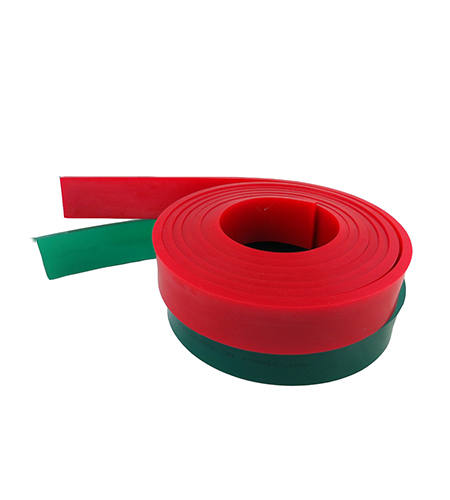① When printing on glass, it is very important to carry out strict degreasing and pretreatment inspections on the glass before printing. When the glass surface adheres to the oil, adhesive, dust and other substances, it will cause poor adhesion between the ink and the glass.
② The ink itself is not cohesive enough to cause the ink film to not be fixed firmly. It is best to replace other types of ink for printing. Improper selection of the dilution solvent will also cause the ink film to not adhere well. When selecting the dilution solvent, the properties of the ink should be considered to avoid the phenomenon of poor adhesion between the ink and the substrate.

3. Uneven inking
There are various reasons for the uneven thickness of the ink film. As far as the ink is concerned, the ink is poorly prepared, or the normally prepared ink is mixed into the ink skin. During printing, due to the action of the solvent, the expansion and softening will occur, and the ink that should penetrate the ink will be swelled and softened. The mesh is blocked, which acts as a plate film, so that the ink cannot pass through. In order to prevent this kind of failure, the prepared ink (especially the old ink) should be filtered with a mesh before use. When reusing a used printing plate, the old ink adhering to the plate frame must be completely removed. When storing the printing plate after printing, it should be washed sufficiently (including the squeegee). If the tip of the front end of the ink return plate is damaged, there will be traces along the movement direction of the scraper. When printing glass, there will be obvious uneven inking. Therefore, the front end of the scraper must be well protected so that it will not be damaged. If it is damaged, it must be carefully ground with a grinder. Furthermore, the unevenness of the printing table will also affect the uniformity of inking. The ink layer is thin in the convex part and thick in the concave part, this phenomenon is also called uneven inking. In addition, if there is dust on the back of the substrate or on the printing table, the above-mentioned failure will also occur.
4. Pinhole
The pinhole phenomenon is the most troublesome problem for the staff engaged in glass screen printing. There are various reasons for pinholes, many of which are unexplained at present, and some are quality management problems. Pinhole is one of the most important inspection items in printed product inspection.
① Dust and foreign matter attached to the plate. When making a plate, some sols will be mixed in during washing and developing. In addition, when the emulsion is applied, dust is also mixed in, and pinholes are generated when it adheres to the screen. These can be found and repaired in time if they are checked carefully during the test. If dust and foreign matter adhere to the screen, blocking the screen opening can also cause pinholes. Before formal printing, carefully check the screen plate to eliminate the dirt on the plate;
② Cleaning of glass surface. The glass plate should be pre-treated before printing to make the surface clean, and then print immediately. If the glass is not printed immediately after treatment, it will be polluted again. After pretreatment, dirt such as grease can be removed, and dust adhering to the surface can also be removed. Special attention should be paid to when handling the glass by hand, the fingerprints of the hand will also be attached to the printing surface, and pinholes will be formed during printing.
5. Bubbles
The glass sometimes has bubbles on the ink after printing. The main reasons for the bubbles are as follows: 1. The substrate is poorly handled before printing. Substances such as dust and oil stains are attached to the surface of the substrate; ② air bubbles in the ink. In order to adjust the ink, when adding solvents and additives for stirring, some air bubbles will be mixed into the ink. If left alone, the ink with low viscosity will naturally defoam, and some inks with high viscosity will not be naturally defoamed. Some of these bubbles are naturally eliminated due to the transfer of ink during printing, and some become larger and larger. In order to remove these air bubbles, defoamer should be used. The amount of defoamer added in the ink is generally about 0.1 to 1%. If it exceeds the specified amount, it will have a foaming effect. Even if the ink is foamed after transfer, as long as the wettability of the substrate and the fluidity of the ink are good, the air bubbles on the surface of the printing ink film will be gradually eliminated, and the ink will form a flat printing ink film. If the ink bubbles are not eliminated, the ink film will form a ring-shaped uneven film surface. Generally, when the bubbles in the ink pass through the screen, they can also be defoamed due to the action of the screen; ③The printing speed is too fast or the printing speed is uneven. The printing speed should be appropriately reduced to maintain the uniformity of the printing speed.



